In the heart of Cebu City, an architectural relic with a storied past is coming back to life. After years of quiet, Museo Sugbo, once the Cárcel De Cebu, is finally reopening to the public on August 28, 2025, just in time for Cebu’s founding anniversary and the celebration of Heritage Month.
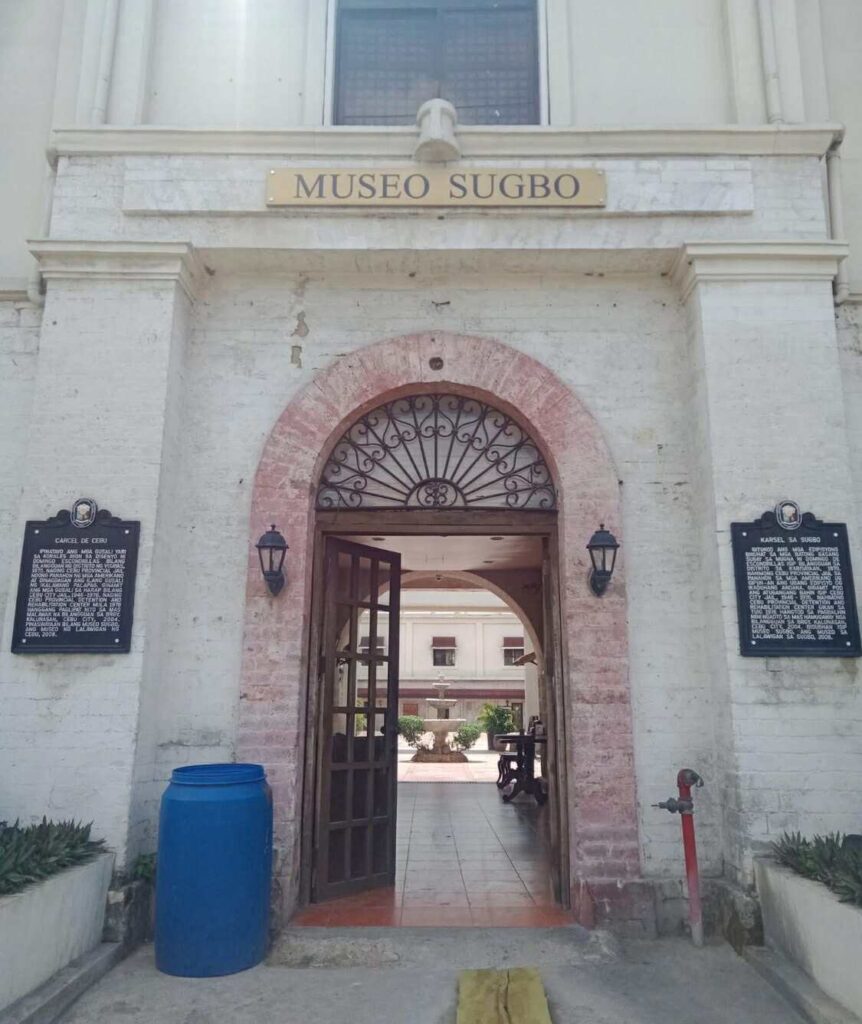
This long-anticipated re-opening and re-established Museo Sugbo as a central space for history, education, and culture, marking the return of a site that has long stood as one of the Philippines’ most meaningful heritage landmarks.
Where the Walls Remember
Originally constructed in 1871, the building once served as the province’s main jail. Over the years, it transformed from a Spanish-era penitentiary to a stable for horses during the American period, to a Japanese-run detention center during World War II. Each stone and corridor of Museo Sugbo carries stories that echo Cebu’s turbulent yet resilient past.
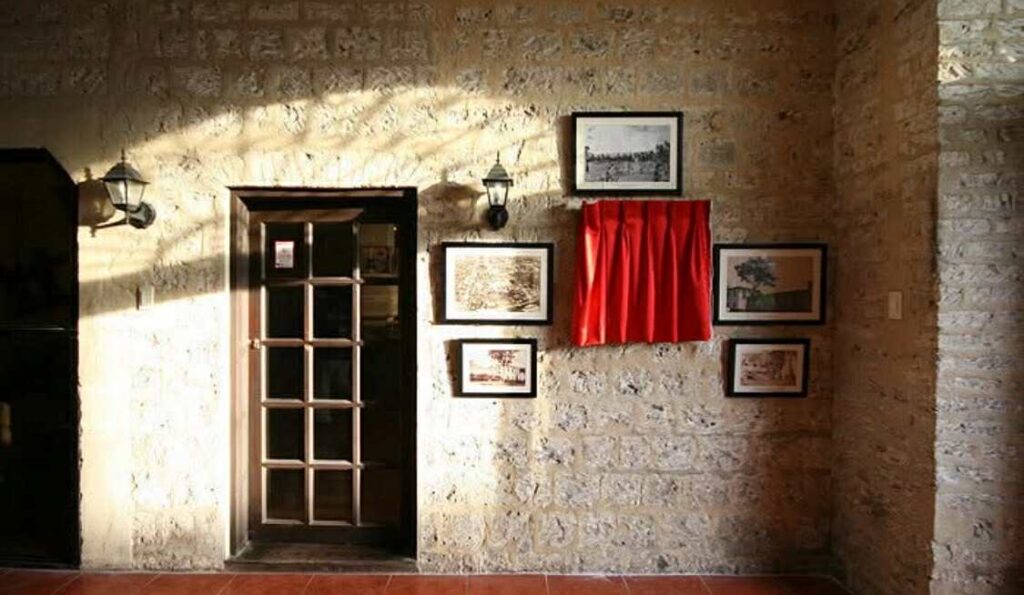
In 2008, the structure found a new purpose as a museum. Since then, it has evolved into an educational cornerstone, earning its place among the Top 10 historical museums in the Philippines. Before its closure, it welcomed over 20,000 monthly visitors, a testament to its role in shaping public understanding of local and national history.
A Revived Vision for Heritage
After a temporary closure brought on by budget constraints and structural wear, the museum is reopening under a new provincial administration. Beyond repairs, the relaunch is a symbolic gesture, one that emphasizes the value of preserving shared memory.
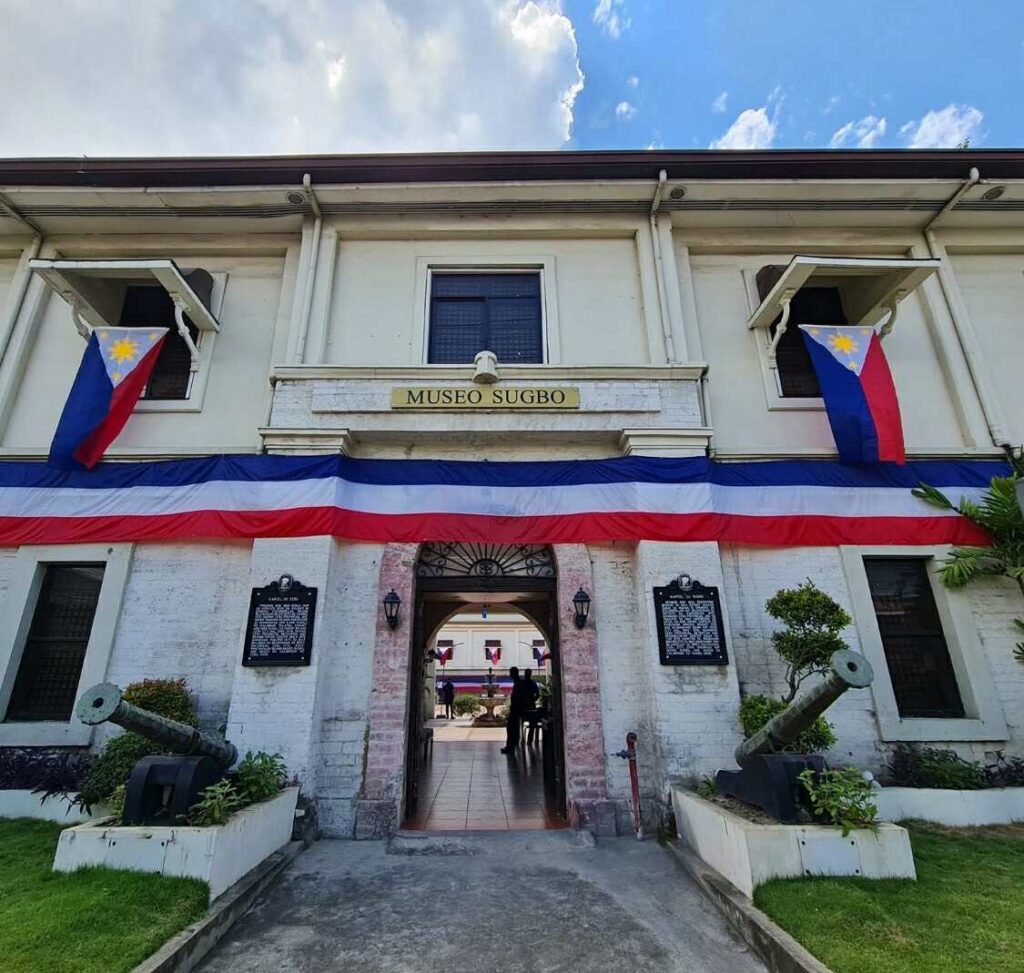
Rehabilitation efforts have focused not only on physical restoration but on reimagining how stories are told. With refreshed exhibits, improved gallery spaces, and better preservation measures, Museo Sugbo is ready to offer a more enriching experience for both local guests and foreign visitors.
Inside the New Museo Sugbo
The museum’s collection offers a fascinating journey through centuries of Cebuano history, showcasing a variety of significant artifacts. Visitors can explore archeological finds and tools that date back to the early settlers, providing insight into their lives and practices. The collection also features artifacts from the Katipunan, alongside important documents from the Revolutionary era, highlighting the struggle for independence. As you delve further into the museum, you will encounter war relics, uniforms, and personal letters from World War II, which tell powerful stories of resilience and sacrifice.
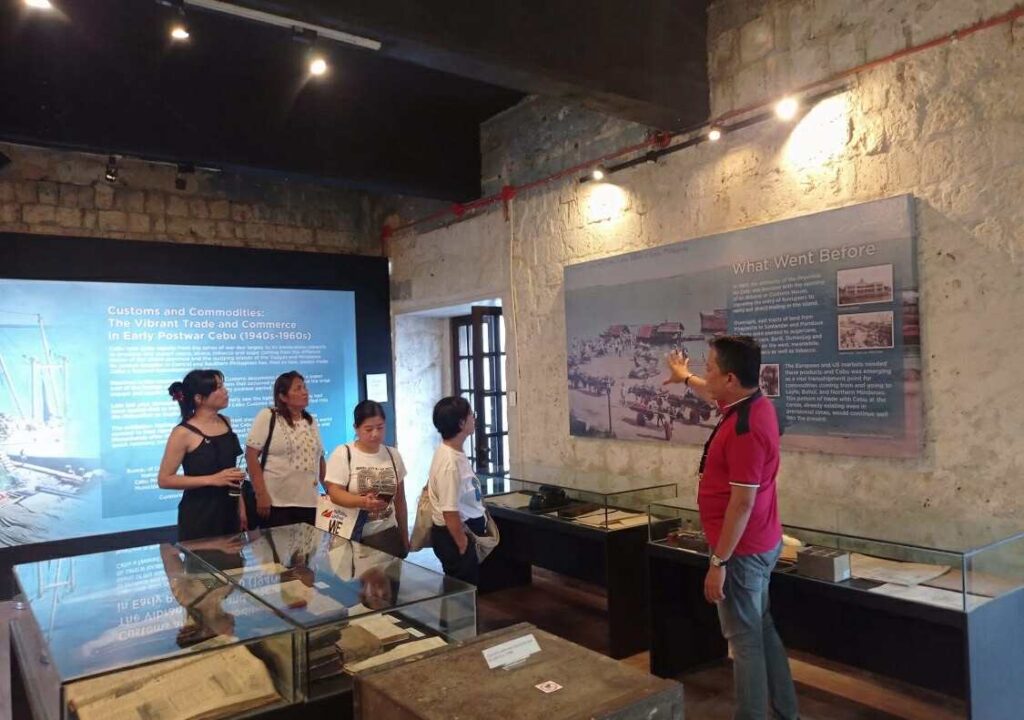
Additionally, the display includes cultural memorabilia that captures Cebu’s post-war period and contemporary chapters, reflecting the evolution of the community over time. In this new phase, the museum aims to bring history closer to the public through interactive exhibits, educational tours, and student programs, making the past engaging and accessible for everyone.
Affordable, Accessible, and Alive
Set against the backdrop of a fully restored heritage site, Museo Sugbo’s reopening aims to attract a diverse range of visitors. Entry fees remain modest: ₱30 for adults, ₱10 for students, and ₱50 for foreign nationals. The goal is to make culture and history available to everyone.
With its central location on M.J. Cuenco Avenue, the museum also complements other nearby heritage spots, making it a must-visit stop for locals rediscovering their roots and tourists craving depth in their journey through the Queen City of the South.
More Than a Museum
Museo Sugbo is more than an exhibition space—it’s a symbol of Cebu’s evolving identity. It reminds its people that heritage isn’t static; it grows, it adapts, and, sometimes, it rests before it returns stronger.
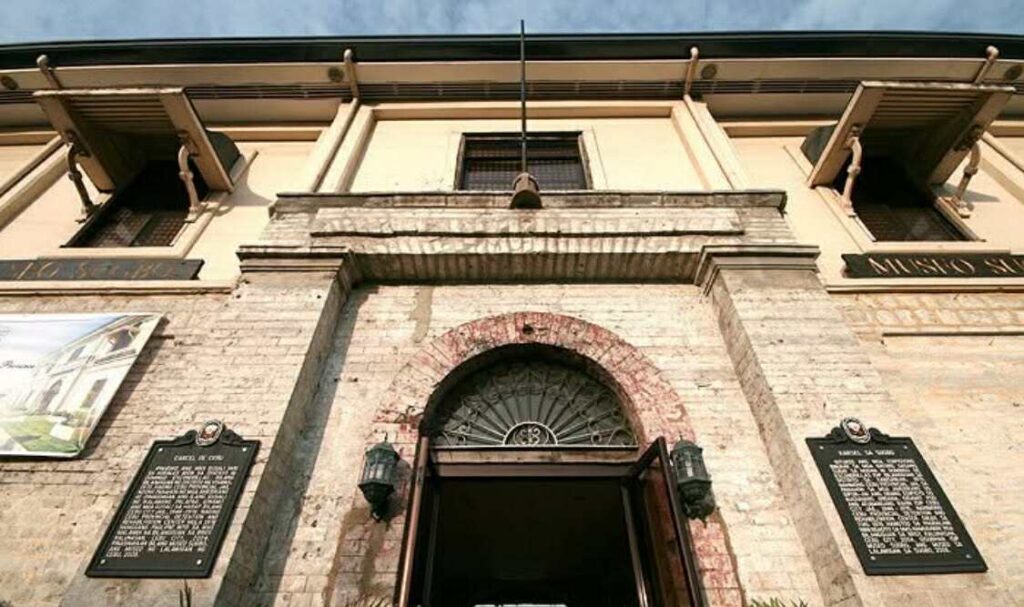
How to get there?
Location: Along M.J. Cuenco Avenue
- By car: A short drive from Cebu City Hall, Colon Street, and the Port Area. Waze or Google Maps will easily guide you straight to the entrance just search “Museo Sugbo”
- By Commute: From Colon Street or Carbon Market, ride a jeepney bound for SM City, Pier, or M.J. Cuenco, common routes include 01K, 03A, and 03B. Just tell the driver you’re getting off at Museo Sugbo.
This August, its return signals a renewed commitment to telling the stories that shaped the island. And with every visitor who steps into its halls, those stories continue.


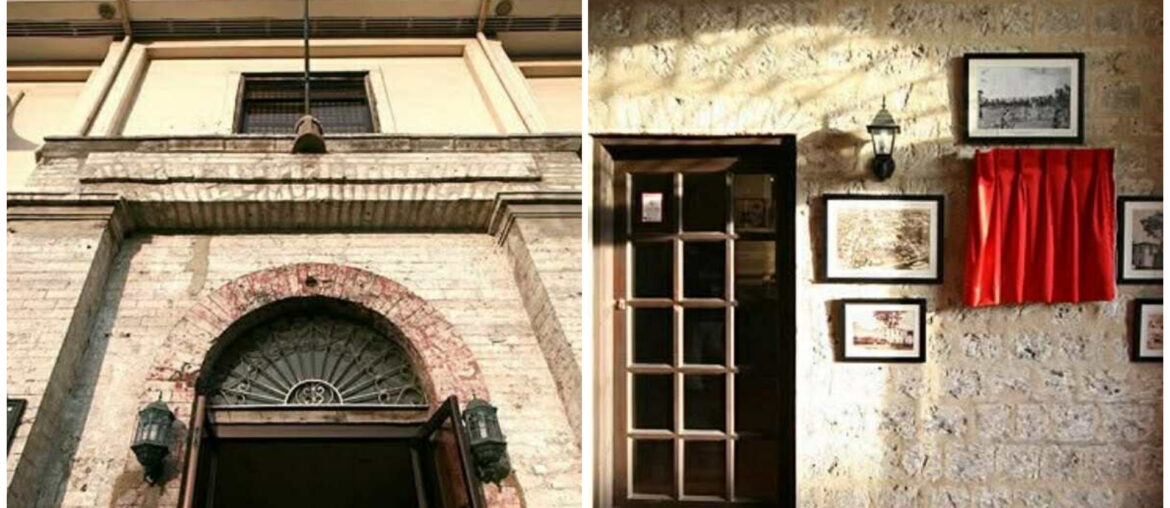
Comments are closed.